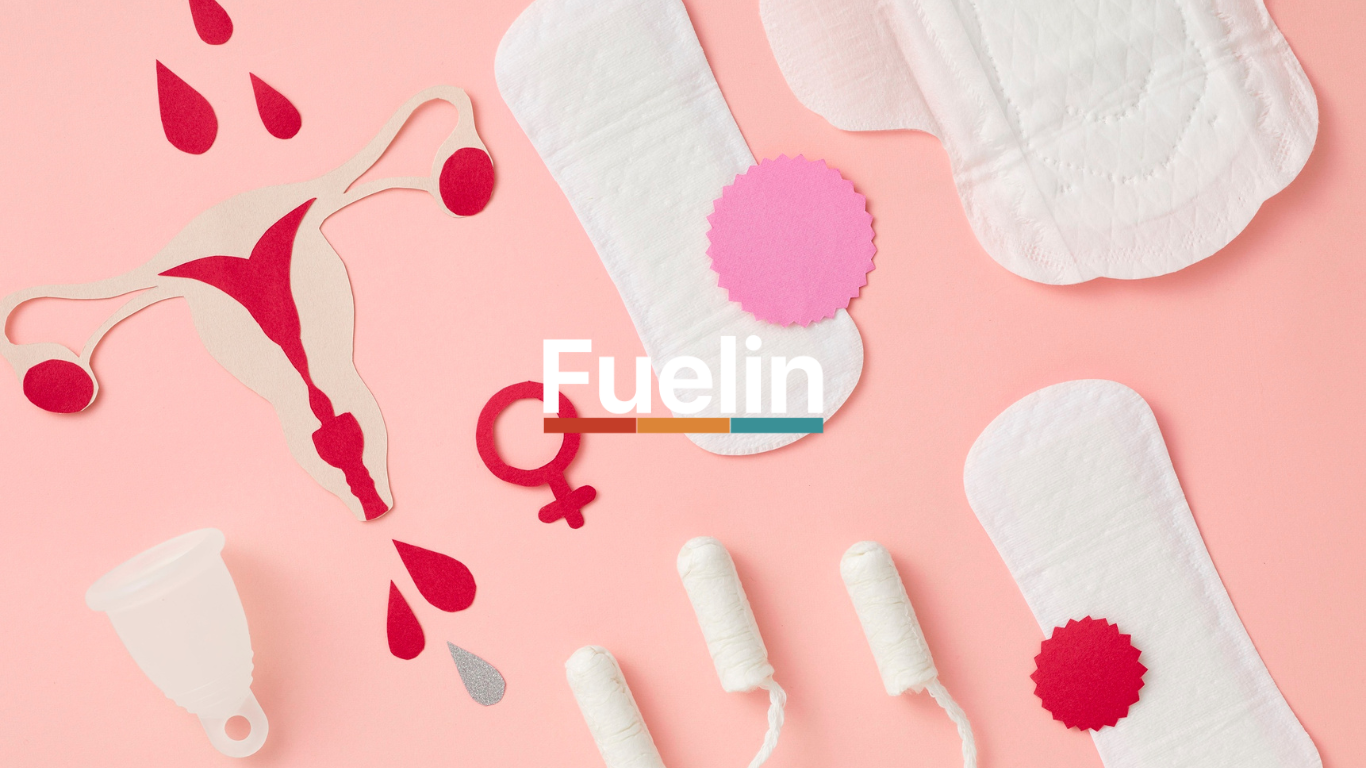
Women’s specific nutrition strategies are a key interest area for many female athletes and coaches. How do we fuel according to the menstrual cycle? Are the recommendations different for women vs. men? While it might seem obvious, women and men are different. However, the implications for nutritional strategies remain surprisingly unclear. This article aims to clarify what we know, what we assume, and what still needs to be investigated when it comes to male vs. female fueling for athletic performance.
The Problem For Female Athletes
For years, the guidance given to athletes has been based primarily on research conducted in male populations. Many researchers have focused their studies on men because of the known impact the menstrual cycle and female sex hormones may have on research outcomes.
Let’s face it, it’s more difficult for researchers to control for hormonal changes of women versus men. Hormonal fluctuations differ significantly between men and women in terms of patterns, timing, and effects. Women experience cyclical hormonal changes primarily due to the menstrual cycle, which averages about 28 days (though it can range from 21–35 days). Men’s hormone levels, especially testosterone, follow a daily (circadian) rhythm rather than a monthly cycle. Because of the varying daily hormone levels, women's research projects often require additional testing, time, and resources. Differences in menstrual cycles between women and intra-individual variations further complicate this. Meaning, cycle length, hormone levels, and symptoms can vary between eumenorrheic women, and also differ from month to month within the same woman.
Not to mention, confounding for those who use hormonal contraceptives (HC), which vary in supplied hormone (estrogen progesterone v. progesterone only), dosage pattern, dose, and method of delivery. These are just the considerations for menstruating women. Peri and post-menopausal women’s studies must also consider symptoms and hormone levels.
Women deserve this research, and more is currently being conducted. However, the current high quality research for female athletes is limited in depth. We likely won’t have all the answers we seek for many years to come which unfortunately limits our ability to make conclusive recommendations for female athletes apart from standard sports nutrition guidelines. This gap in evidence doesn’t equate to a lack of physiological effect. It simply means we need more targeted studies.
Has this research on men been inappropriately applied to female athletes?
While there are clear physiological differences between sexes, the assumption that male-derived guidelines are universally wrong for women is equally unhelpful. The reality lies in nuance: many foundational principles of sports nutrition apply broadly, but individualization is key. Women benefit significantly from matching their energy intake with energy expenditure, achieving the right macronutrient distribution, ensuring micronutrient sufficiency, and paying attention to meal timing.
A Framework for Understanding Gender-Specific Fueling
Fuelin’s approach to athlete nutrition is grounded in science but tempered by real-world insights from thousands of athletes. Our objective is to provide a high-level, practical comparison of fueling needs for male and female athletes. While female-specific sports nutrition research gaps persist, we should not abandon the principles established through male-centric research, nor should we blindly apply them to all athletes. As we await better evidence, the best course of action is clear: nail the basics, test, track, and adjust if needed.
Practical Takeaways for Athletes and Coaches
· Energy availability trumps sex-based macronutrient tweaks. Regardless of gender, adequate fueling is foundational. The primary goal for all athletes is to provide sufficient energy to support their goals.
· Women are not small men, but that doesn’t mean women’s needs are completely different from men’s. The majority of evidence supports the same broad strategies with thoughtful individualization. While there may be a lack of research on female athletes, this does not mean that male-driven recommendations are wrong for women.
· Track and test. Female athletes, especially those of reproductive age, should track hormonal status, symptoms, and training outcomes to identify personal patterns.
· Don’t chase “quick fixes.” Manipulating fueling based on menstrual phases or hormones without sufficient data risks doing more harm than good. To date, the research does not support a need for female athletes to change their intake according to the phase of their menstrual cycle.
· Science is a guide. Use research as a compass, but base decisions on your own performance, recovery, and health.